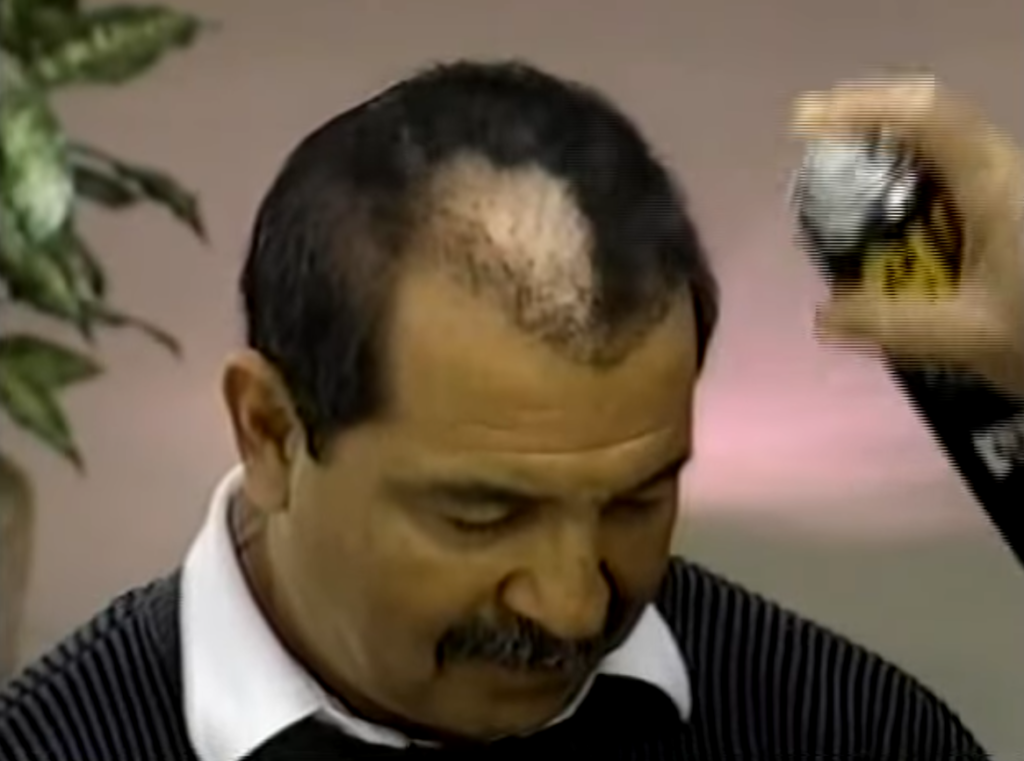When I was a kid, I had this strange thing with kittens.
I didn’t like them. They were cute, yes — but in a way that made me want to go over and crush their little kitten heads.
Don’t get me wrong. I never actually hurt any cats. It was just thoughts running in my head, rather than actual instincts to harm. But it was weird. And I certainly thought it was unique.
Not so much, it turns out.
Some scientists have actually studied this phenomenon, and have found it to be relatively common.
They’ve even given it a catchy name, “cute aggression.” They have a theory that the big bubbly eyes of kittens, puppies, and babies trigger parallel systems in some people’s brains — one for cuteness, one for rewards. (I’m not sure how “rewards” translates into a desire to crush, but the scientists apparently do.)
Now here’s the thing:
I thought I was unique — or rather, alone and uniquely weird — when it came to my cute aggression. Many people out there feel the same way about random other things.
Perhaps the best example of such a random thing comes from the reclusive and brilliant copywriting legend, Bill Jayme. On the outside envelope of a sales letter for Psychology Today, Jayme included the “uniquely weird” teaser:
“Do you close the bathroom door even when you’re the only one at home?”
It worked well. The sales letter was a control for eight years.
So what am I telling you?
If you can catalogue those weird thoughts, ideas, insecurities, fixations, and emotions of the people in your market, you can pull them out when it’s time to make a sale.
That’s because empathy is a very strong way of getting people to buy.
Anyways, I have a secret and very effective method for digging up your market’s “cute aggressions.” And if you want to find out what it is, sign up below to get a free copy of my upcoming book on email marketing, where I will discuss this method:


